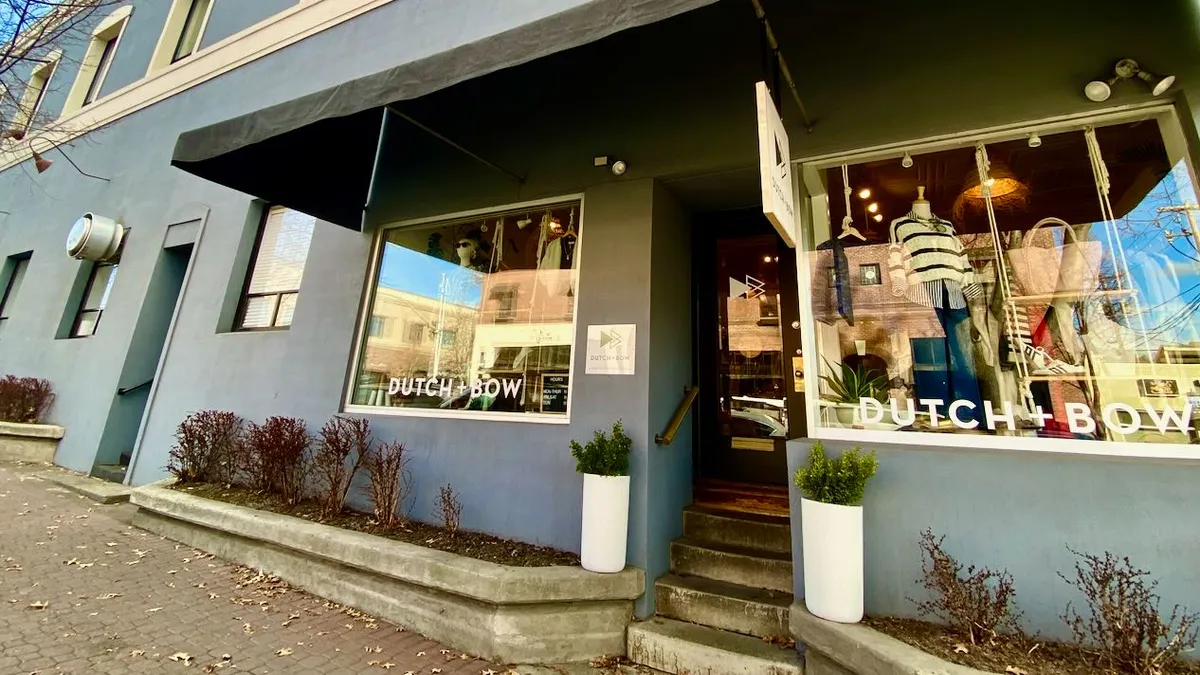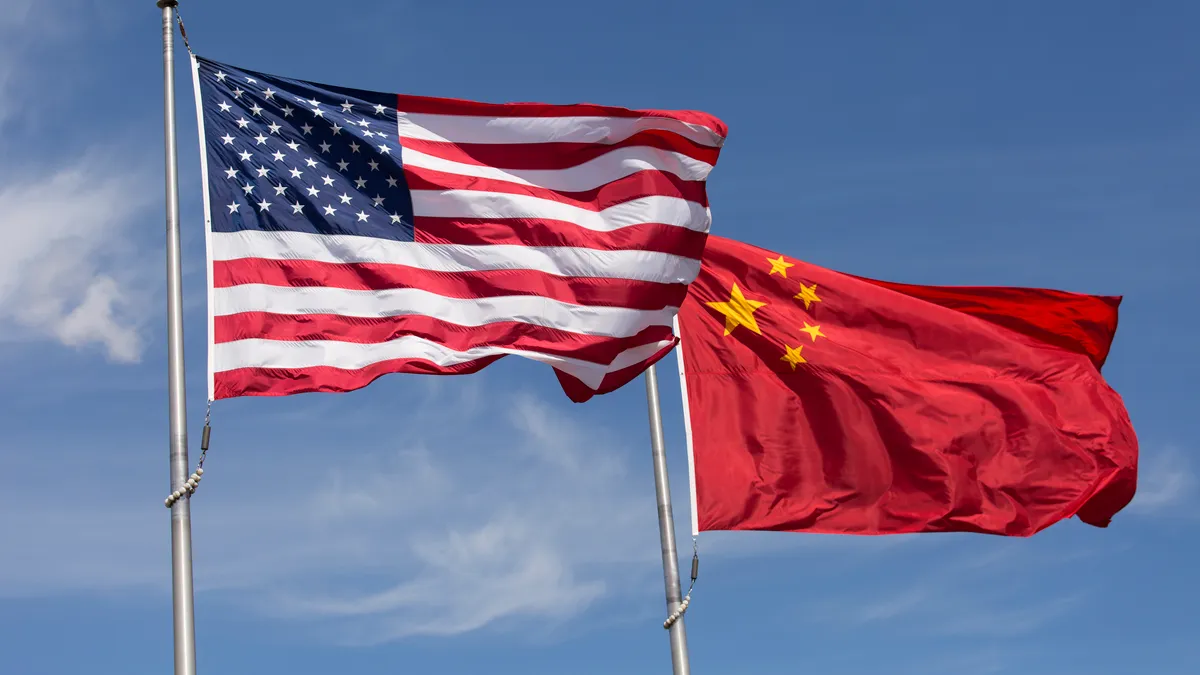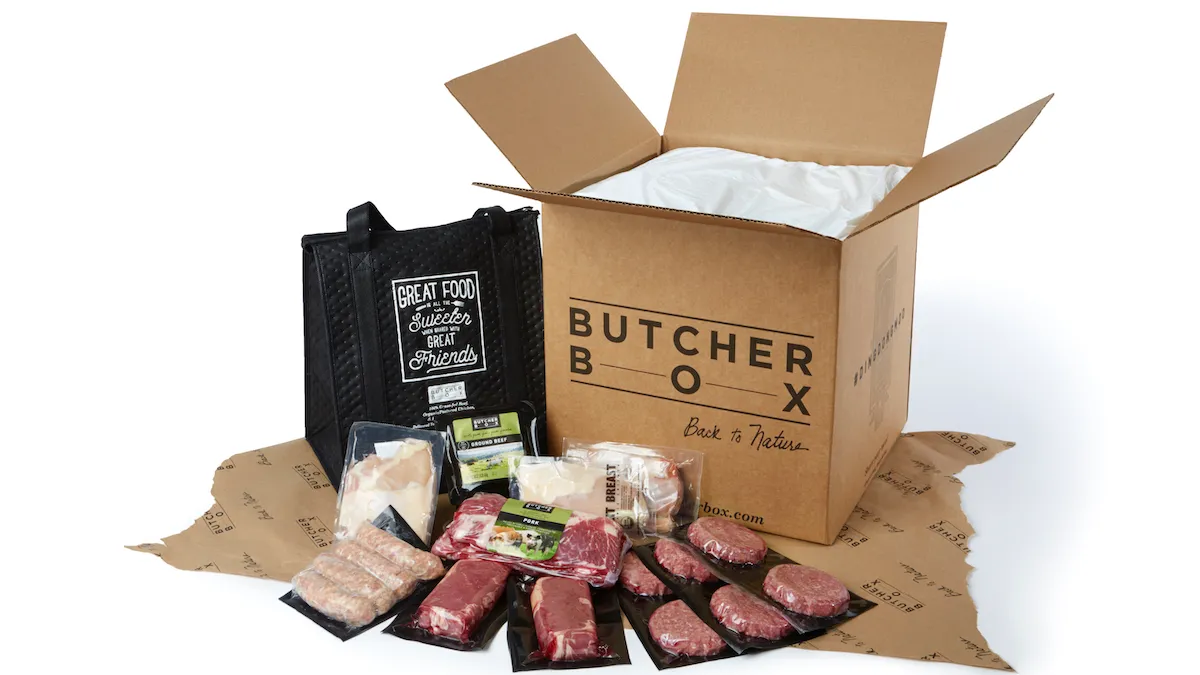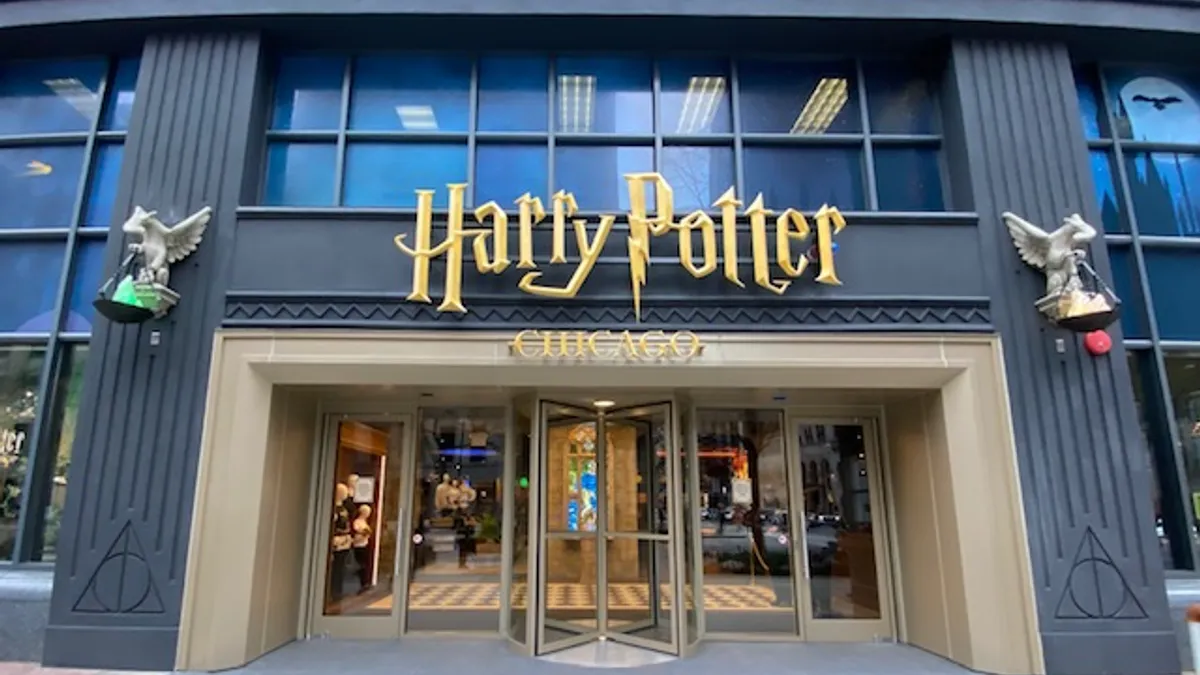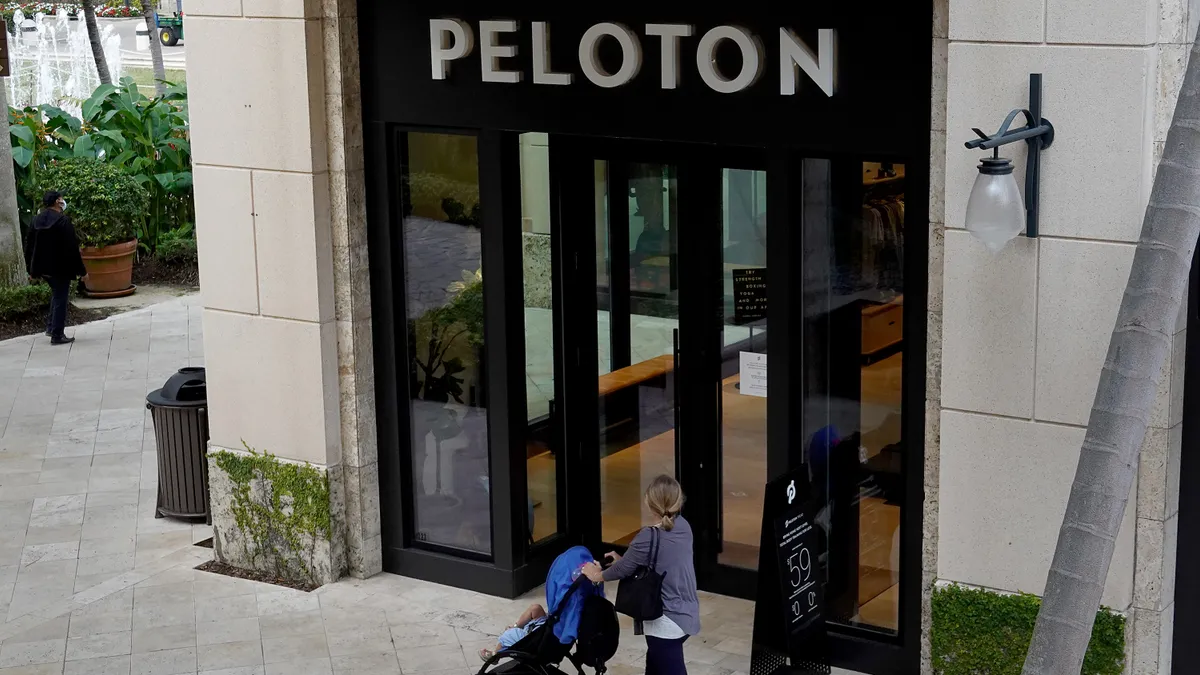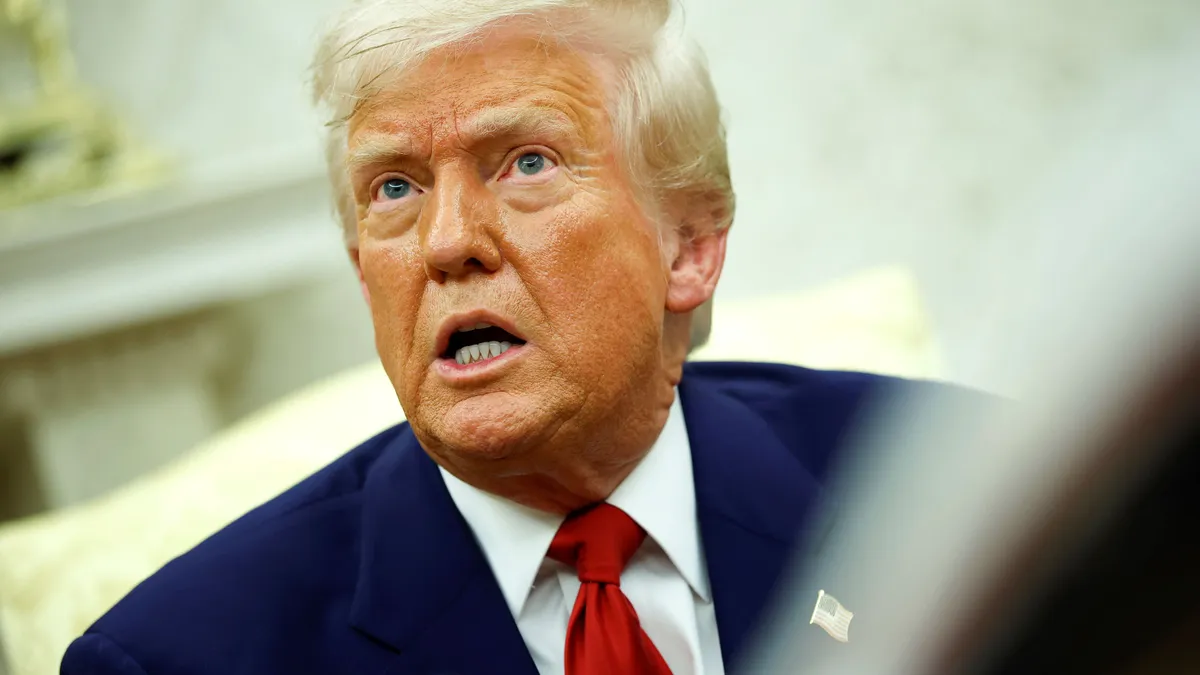Anxiety about Trump administration tariffs was rising among small retailers and brands, including those with manufacturing in the U.S., even before another round of levies — broader and steeper than expected — were unveiled early this month.
Tariffs announced April 2 have since changed a few times over, and sparked retaliatory levies from some countries. On Wednesday, the Trump administration escalated tariffs on China to 125% but ordered a 90-day pause on many others. Most countries besides China are still subject to a 10% baseline toll.
Small retailers and brands are particularly vulnerable, for a variety of reasons. When major challenges loom, they don’t have deep pockets, diverse supply chains or many cost levers to pull. Large retailers have more bargaining power with vendors, and in order to better absorb wholesale or manufacturing price hikes, they can tamp down other big expenses, like marketing, according to Greg Stoller, master lecturer at the Boston University Questrom School of Business.
“A Walmart of the world, the Costcos of the world — they have the capital reserves to withstand what's happening right now,” he said by phone. “If they need to lower prices, if they need to raise prices, if their customers are delayed in paying, if they lose a few customers — none of this is going to affect Walmart. For a small business, this could be catastrophic.”
The pause may provide some relief, at least for a while, but probably does little to clarify the longer term outlook for businesses, investors or consumers.
Surveys of small businesses in March already reflected rising concerns about the impact of tariffs. The NFIB Small Business Optimism Index, from the National Federation of Independent Business, recorded the third straight monthly decline. Although the NFIB reported that “the impact of new tariffs is yet to be felt,” Wells Fargo economists led by Charlie Dougherty tied the report’s uncertainty index (elevated), economic outlook (falling), sales expectations (down) and inflation pressures (“bubbling”) to tariffs clouding small-business outlooks.
Research from Alignable, an online networking platform for small businesses, found more overt consternation around tariff policy, which has deepened as the months go by. Over 44% of these companies — and 57% of small retailers — anticipate revenue losses due to tariffs, per the firm’s March report, released April 4. Nearly 70% expect trade policy uncertainty to last through this month and more than 40% believe it will last through the end of the year, Alignable also found.
"I just feel like it’s stupid to get all wrapped up and worried and make changes in my business when I don’t even know what’s going to happen."

Ariane Harris
Owner, Dutch & Bow
The apparel and footwear space is especially hard-hit. Given that most apparel sold in the U.S., by far, is made overseas, industry representatives and analysts warned in recent days that there will be little escape from the ensuing rise in costs. William Blair analysts Dylan Carden and Anna Linscott estimate that in the aggregate increase in merchandise cost will be about 30%, saying in an April 3 note that “it is safe to assume companies will have to eat a fair share.”
“The April 2 tariffs seem purpose-built to hobble the apparel industry,” they also said.
Ariane Harris, owner of Dutch & Bow, a boutique in Bend, Oregon, that sells sustainably and ethically made women’s clothing, is in wait-and-see mode. Some vendors have reached out to touch base, but it’s not clear how the situation will affect incoming orders.
“Even just today, I picked up my phone and saw that Trump is not going to go through with the bigger tariffs for 90 days on all countries, except for now China, he's bumping up to 125%,” she said by phone. “He's all over the place so I just feel like it's stupid to get all wrapped up and worried and make changes in my business when I don't even know what's going to happen. If I was carrying a whole store full of things made in China, then I think I might be freaking out more.”
Most of her assortment is from Europe, with some from the U.S. and Vietnam. She sources some lower-priced merchandise from China as an option for customers on tighter budgets, and said that may end if the tariffs make it too expensive.
One rationale for the tariffs (there are a few) is to incentivize the onshoring or reshoring of manufacturing to the U.S. However, they can be devastating not just to smaller U.S. stores or direct-to-consumer brands that manufacture their goods abroad, but also many smaller U.S. factories whose raw materials come from other countries.
"We’re fighting two headwinds: Our costs going up significantly plus nobody’s spending."

Greg Shugar
CEO and Creative Director, Beau Ties of Vermont
More than half of small businesses surveyed by Alignable say they can’t negotiate prices with suppliers to adequately offset tariffs; many say U.S.-produced alternatives often cost at least 25% more and take six months or longer to obtain; and nearly 20% say they don’t have a viable domestic sourcing option.
Beau Ties of Vermont, based in Middlebury, makes woven silk jacquard neckties, bow ties, pocket squares and scarves, and sells them direct-to-consumer and wholesale. Most suppliers of the high-end silk, which requires a certain looming method, are in China, with only a few found elsewhere including Italy, according to Greg Shugar, CEO and creative director.
“People say, ‘Oh, well, just simply move your sourcing out of China,’ as if that's easy,” he said by video conference, noting that tariffs are being lodged against most countries where silk of any kind is made. “It's not easy. Well, now it makes no sense. Where am I going to go?”
When tariffs against Chinese goods were first announced, Shugar was able to come to agreements with vendors to share the impact, but they have balked as the levies have escalated.
“Everyone talks about negotiating with Chinese suppliers. Yes, we all are,” he said. “There are just countless of small businesses that cannot survive. We don't have the brand equity that Apple does, or that Walmart does, or whatever these brands are. We don't have that, we're done. And that doesn't even take into account the macro-economy. There's going to be a pullback in consumer spending. So we're fighting two headwinds: Our costs going up significantly plus nobody's spending.”
Harris said that she and other shop owners in downtown Bend have noticed traffic has slowed dramatically since the tariffs were announced several days ago.
“I thought maybe it was just me,” she said. “So we're not selling as many and our overhead’s higher. The cost to make the goods is more but the costs of operating a business, like shipping and things, are also much higher.”
As policies fluctuate, costs rise and uncertainty prevails, small U.S. companies are under pressure once again, just a few years after the pandemic, Shugar said.
“I just don't think people understand how small businesses are in such peril right now. We don't have the flexibility or the profit margins to withstand this for any significant period of time,” he said. “We barely got through COVID. How did we get through COVID? They wrote us checks. They sent us money. That's how we did it. What are they going to do now — nothing. I make s--- in America! Why am I getting hit with a goddamn tariff?”



